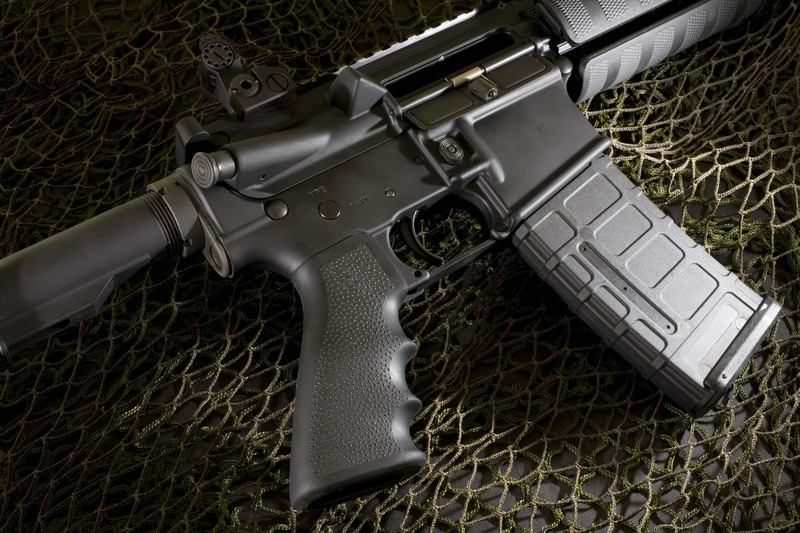Here's the step-by-step process to making your very own customized AR rifle. Start by carefully consider how you want to use it, as this will dictate how you build it.
Conceptualize the rifle. Decide what its primary and secondary missions will be. This will determine the best cartridge for the job. The AR15 can be chambered for a wide array of cartridges, in calibers from .20 to .50. The missions you have planned for your rifle will dictate the calibers most appropriate for you.
After you decide on a caliber, you’ll need to choose a barrel length. Do you want a compact, fast handling rifle, or one a bit longer, ideally configured for precision shooting? This will determine the barrel length you need. You’ll need to select a gas tube and gas block suitable for that barrel, too. Here’s a tip: If you think you’ll want to use a suppressor, get an adjustable gas block.
You’ll need an upper receiver, and there are many types to choose from. Determine if you want to assemble this portion yourself, or purchase a complete upper receiver (which will include the barrel and gas block referenced above). The more assembly work you’re willing to do, the more options you’ll have—and the more money you’ll save. But, even a complete upper is still much less expensive than a finished rifle.
The only part of an AR15 controlled by the BATF is the lower receiver. Buy that through a dealer, even a “stripped” lower, and you’ll need to complete the associated paperwork and pass the background check, same as with any other firearms transaction. As with the upper, you can buy a lower fully assembled or in parts. Savvy builders will do their own work, save money, and learn about how their rifle works during the process.
Inside your upper and lower receivers are the parts that make the gun work. On the topside you’ll need a bolt and bolt carrier (collectively called the bolt carrier group), sized for the cartridge you’ve selected. Underneath you’ll need various pins and springs, and, most importantly, a trigger. Don’t skimp on the trigger. It is your primary interface with the rifle, and good ones cost as much as the lower receiver you install them into. The buffer tube, which is where the stock will be mounted, holds a heavy spring that is needed the cycle the rifle. Be sure to get a buffer tube designed for a rifle and not an AR pistol.
Financial advisors insist you buy stock, and your AR needs one too. The grip attaches to the lower, and the butt stock goes on over the buffer tube. The hand guard attaches to the upper.
You can add even more customization to your rifle through your choice of stock, as well as the hand guards. You'll also need to attach a sight, preferably folding back-up sights or an optic. You'll also need tools to assemble the rifle, and you can probably get everything you need for around $100.
Have you ever made a custom rifle? What process did you use? What do you think of this method for making your own AR hunting rifle? Share your thoughts in the comment section below!
Article Source: Field & Stream
